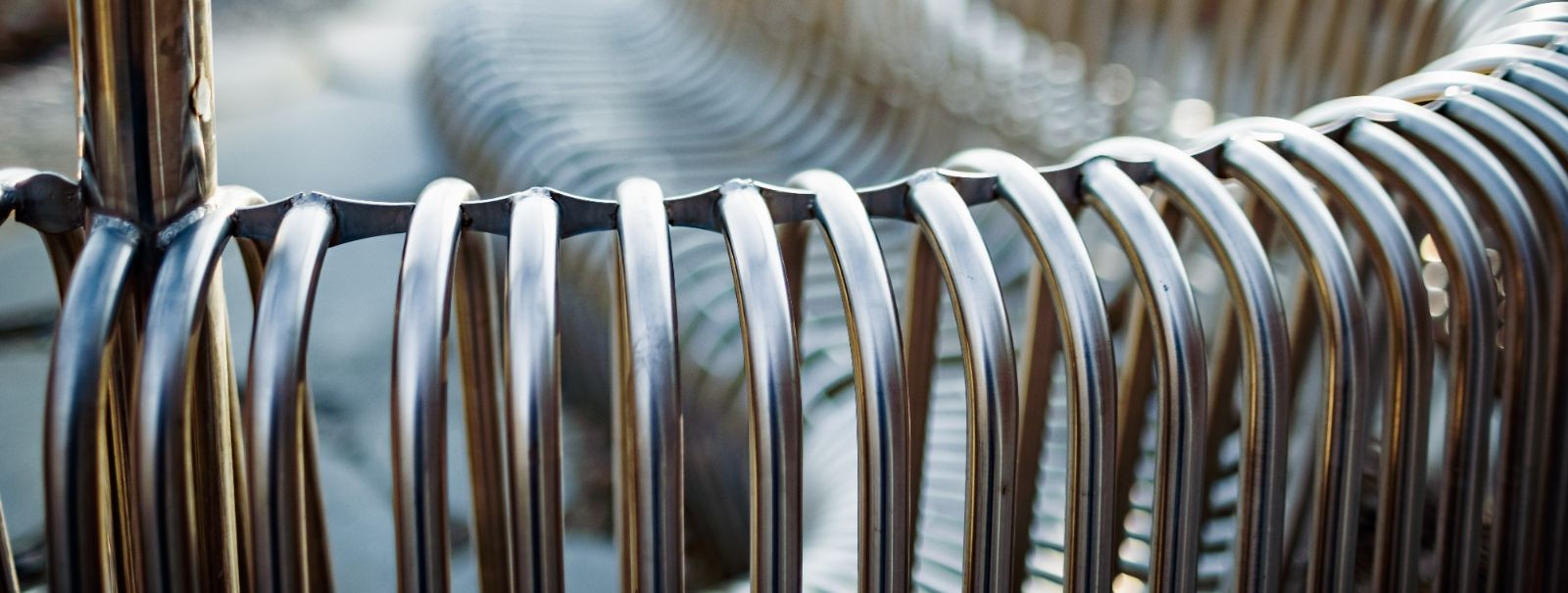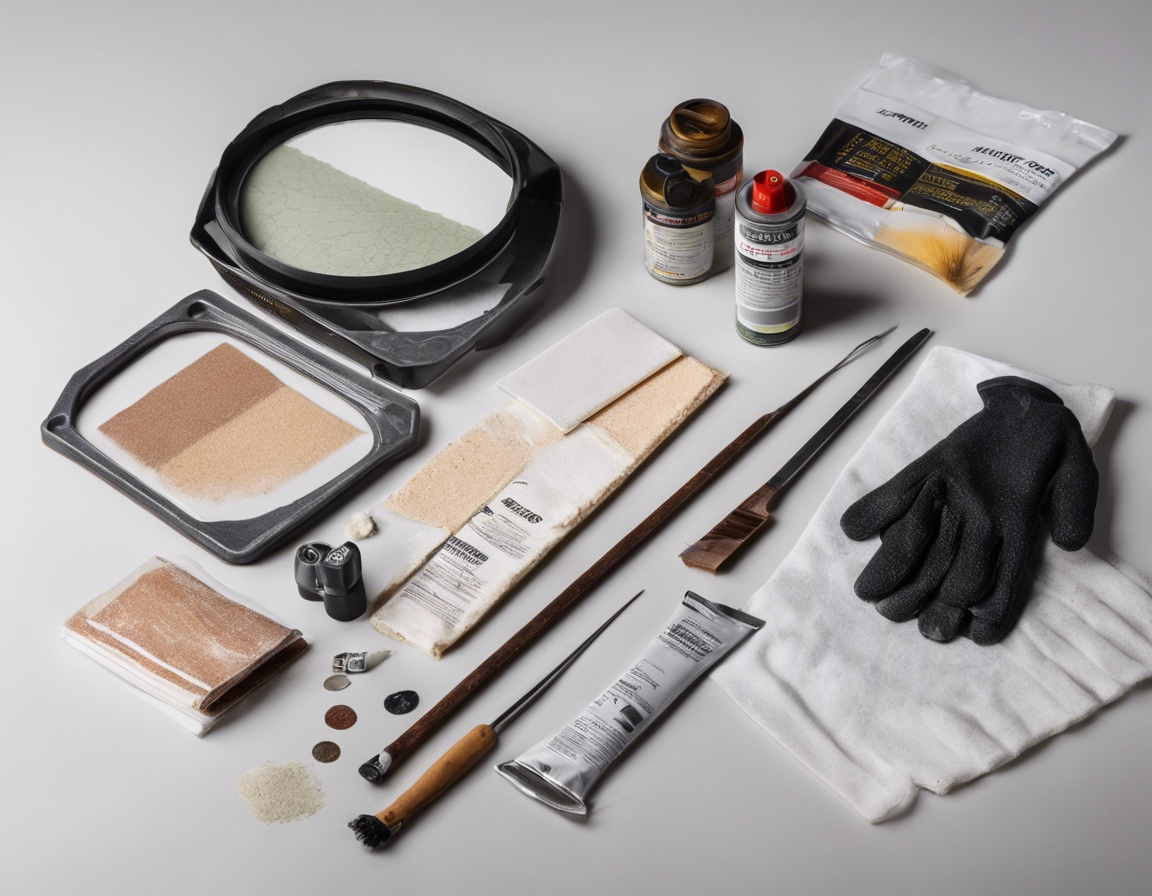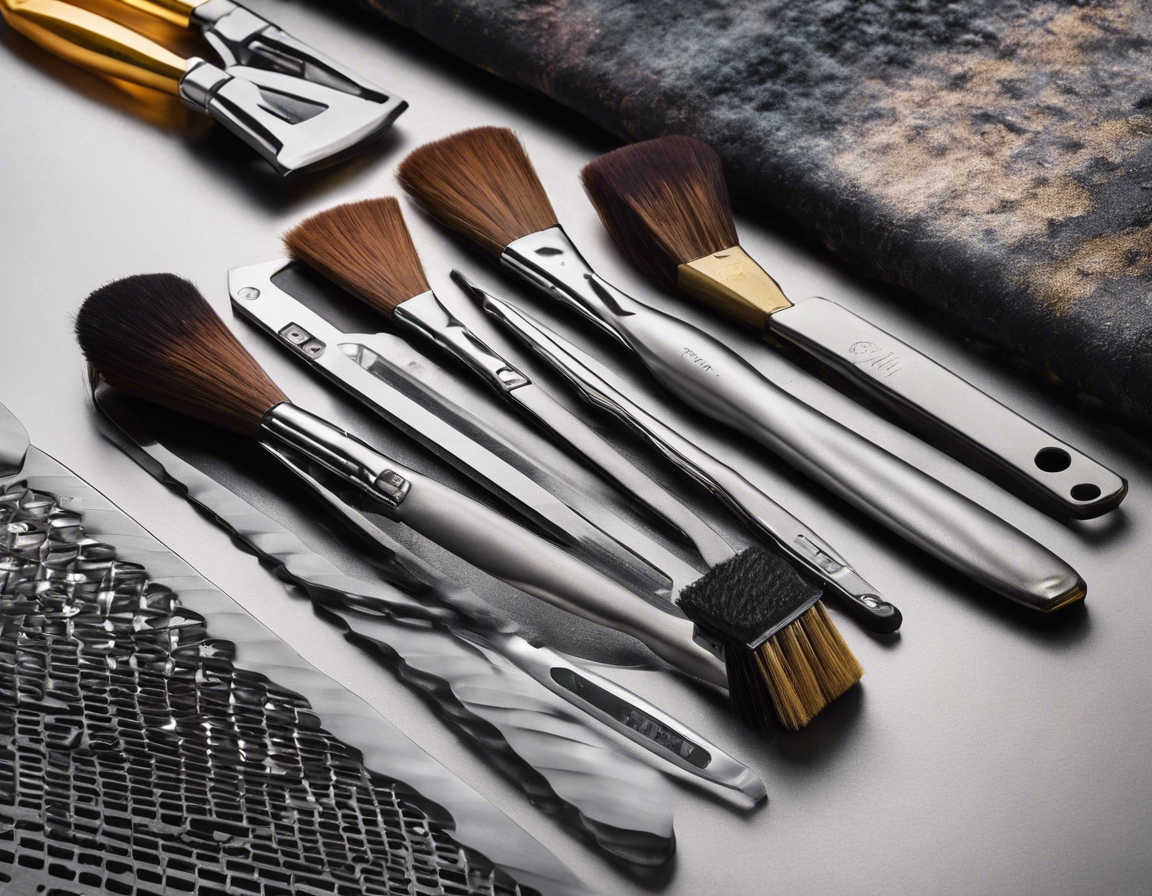The ultimate guide to anti-corrosion coatings
Corrosion is the natural process that deteriorates materials, especially metals, as they react with environmental elements. This degradation can lead to significant structural and financial losses. Understanding the mechanisms of corrosion is essential for selecting the appropriate protection strategy.
Anti-corrosion coatings are vital in extending the lifespan of metal structures and components. They provide a barrier that prevents corrosive substances from reaching the metal surface, thereby reducing the rate of corrosion and enhancing durability.
Types of Anti-Corrosion Coatings
Barrier coatings are designed to block corrosive agents from reaching the metal surface. These coatings are typically made from polymers such as epoxies, polyurethanes, and vinyl esters.
Inhibitive coatings contain chemicals that slow down the corrosion process by interfering with the electrochemical reactions that cause corrosion.
Sacrificial coatings, such as galvanizing, provide protection by corroding in place of the underlying metal. They are often composed of zinc or aluminum.
Selection Criteria for Anti-Corrosion Coatings
Environmental conditions such as humidity, temperature, and exposure to chemicals play a crucial role in selecting an anti-corrosion coating. The coating must be able to withstand the specific conditions it will face.
The type of metal requiring protection also influences the choice of coating. Different metals have different susceptibilities to corrosion and may require specialized coatings.
The method of application can affect the performance of the coating. Common methods include spraying, brushing, and dipping.
Performance requirements such as resistance to abrasion, chemical resistance, and UV stability must be considered when selecting a coating.
Application Techniques for Anti-Corrosion Coatings
Proper surface preparation is critical for the adhesion and effectiveness of anti-corrosion coatings. This may involve cleaning, degreasing, and abrasive blasting.
Different application methods can be used depending on the coating type and the project requirements. These methods ensure uniform coverage and optimal thickness.
After application, coatings must be properly cured and dried to achieve their full protective properties. This process can vary depending on the coating type and environmental conditions.
Maintenance and Inspection of Coated Surfaces
Maintaining coated surfaces is essential to ensure long-term protection. This includes cleaning and monitoring for signs of damage or wear.
Various inspection techniques, such as visual inspection and non-destructive testing, are used to assess the integrity of coatings and identify areas that may require attention.
When damage or degradation is detected, prompt repair and recoating can prevent further corrosion and extend the life of the structure.
Innovations in Anti-Corrosion Coatings
Nanotechnology is being used to enhance the protective properties of coatings, making them more effective against corrosion.
Smart coatings can detect and respond to environmental changes, providing dynamic protection against corrosion.
There is a growing demand for coatings that are environmentally friendly, with lower VOC emissions and sustainable raw materials.





Comments (0)